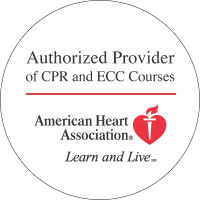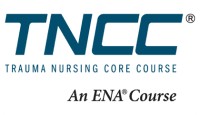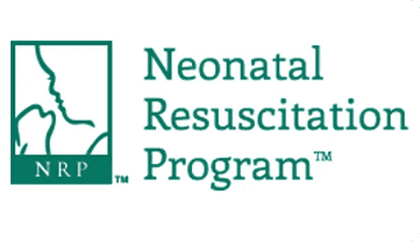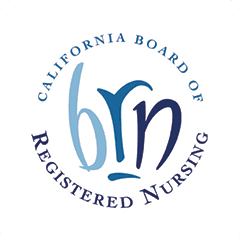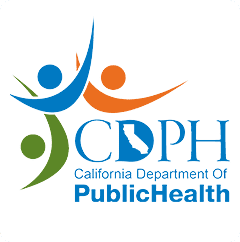The Beginnings of Resuscitation
CPR has very deep roots in centuries past when doctors began discovering the importance of respiration to life. In fact, certain parts of CPR can be traced back all the way to the 1700s when French physicians studied ways to help drowning victims. In 1740, the French Academy of Sciences first recommended mouth-to-mouth resuscitation. The emphasis on aiding drowning victims and on artificial respiration continued for the rest of that century as The Royal Humane Society was founded in London, and the Society began recommending the use of bellows for ventilation.
The Hall and Silvester methods
Dr. Hall and Dr. Silvester were two London physicians who began making changes in ventilation techniques in the 1800s. Their methods would be used for the next 150 to 200 years across the world. With their methods, doctors would help inflate and deflate the lungs of their patients either by turning the patient repeatedly from side to front or by raising the patient’s arms over his head to help expand the lungs. They eventually began applying pressure to the chest for extra help.
The Focus on Chest Compressions
Chest compressions for cardiac functioning began being discussed in the late 1800s to early 1900s. A German surgeon, Dr. Maass, was the first to recommend chest compressions along with ventilation in 1891, and an Ohio doctor proved that chest compressions work to improve circulations in dogs in 1903.
Research into External Defibrillation
Surprisingly, external defibrillation was first considered in 1775 when a Danish doctor shocked a chicken back to life. However, this method did not really take off until the 1900s when another Ohio surgeon successfully demonstrated electric defibrillation on a human heart during surgery. In 1956, defibrillation was used to restore proper electrical rhythm to a fibrillating heart.
Modern CPR
However, cardiopulmonary resuscitation as we now know it was not developed until 1960 when the American Heart Association came up with a specific plan that all health care providers could use for their patients. ACLS techniques were developed in 1975, and caring for patients in emergency situations has never again been the same.
Since the development of modern CPR, there have been continuous changes by the American Heart Association as the leading committee continues to uncover research that proves that different techniques work best. For example, compression-only CPR was recommended in 2003 especially to help bystanders respond to emergencies. The latest changes came in 2015 with new recommendations for speed and depth of chest compressions.
Changes Continue
It can be easy to think that we’ve reached the pinnacle of knowledge for cardiac and respiratory resuscitation, but that surely is not the case. Changes happen every few years as led by research and experience. Because so many people continue to die despite CPR, especially in out-of-hospital scenarios, it’s clear that we need even better methods to protect people from untimely deaths.
The best way for you to stay up-to-date with the regular changes in CPR methods is to keep your BLS certification current through recertification classes taken every two years. Classes through Project Heartbeat use the methods approved by the American Heart Association and especially focus on important changes, which typically come every five years. Project Heartbeat offers regular classes for both initial CPR certification and recertification.


